
In the past I have shown you a portrait of a Wood Stork but I never went into details as to how to make a good animal portrait. The principles are the same as a good human portrait. Good lighting, good background, sharp focus, fill the frame (or crop after) and good exposure. In most zoos, animal parks and in the wild, backgrounds are the toughest to control. The best way is to use the widest aperture your lens can go so as to create an out-of-focus, or bokeh, blur in the background. I found this Yellow-billed Stork (Mycteria ibis) along one of the Discovery Island Trails which surround the Tree of Life. He was close enough to fill the frame with the lens I was using with a little crop for a 4×5 (8×10) ratio.

Yellow-billed Stork portrait in Disney’s Animal Kingdom.
Nikon D70/18-200VR, 1/25s, f/5.6, ISO 200, EV +1.0, 200mm focal length
This portrait has the bokeh background, soft light coming from behind and to the right, exposure so as to keep detail in the white feathers, focus (like humans, the eye must be sharply focused for animals) and a nice pose.
Something I also try to get is an environmental portrait of the animal. Today’s zoos and animal parks try to recreate as much as possible the actual living environment of the species they care for. In this case, a marsh-like setting along a river was created for many of the birds who live near or on Discovery Island and made for a suitable environmental portrait for this Yellow-billed Stork.
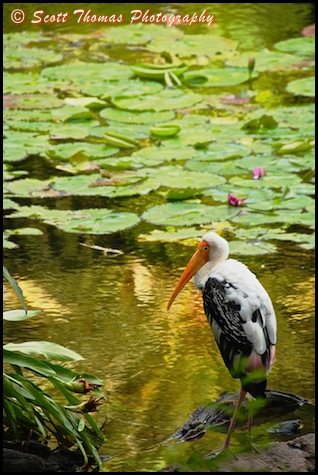
Yellow-billed Stork environmental portrait.
Nikon D70/18-200VR, 1/60s, f/11, ISO 200, EV +0.3, 200mm focal length
Here are previous Disney’s Animal Kingdom photography guides:


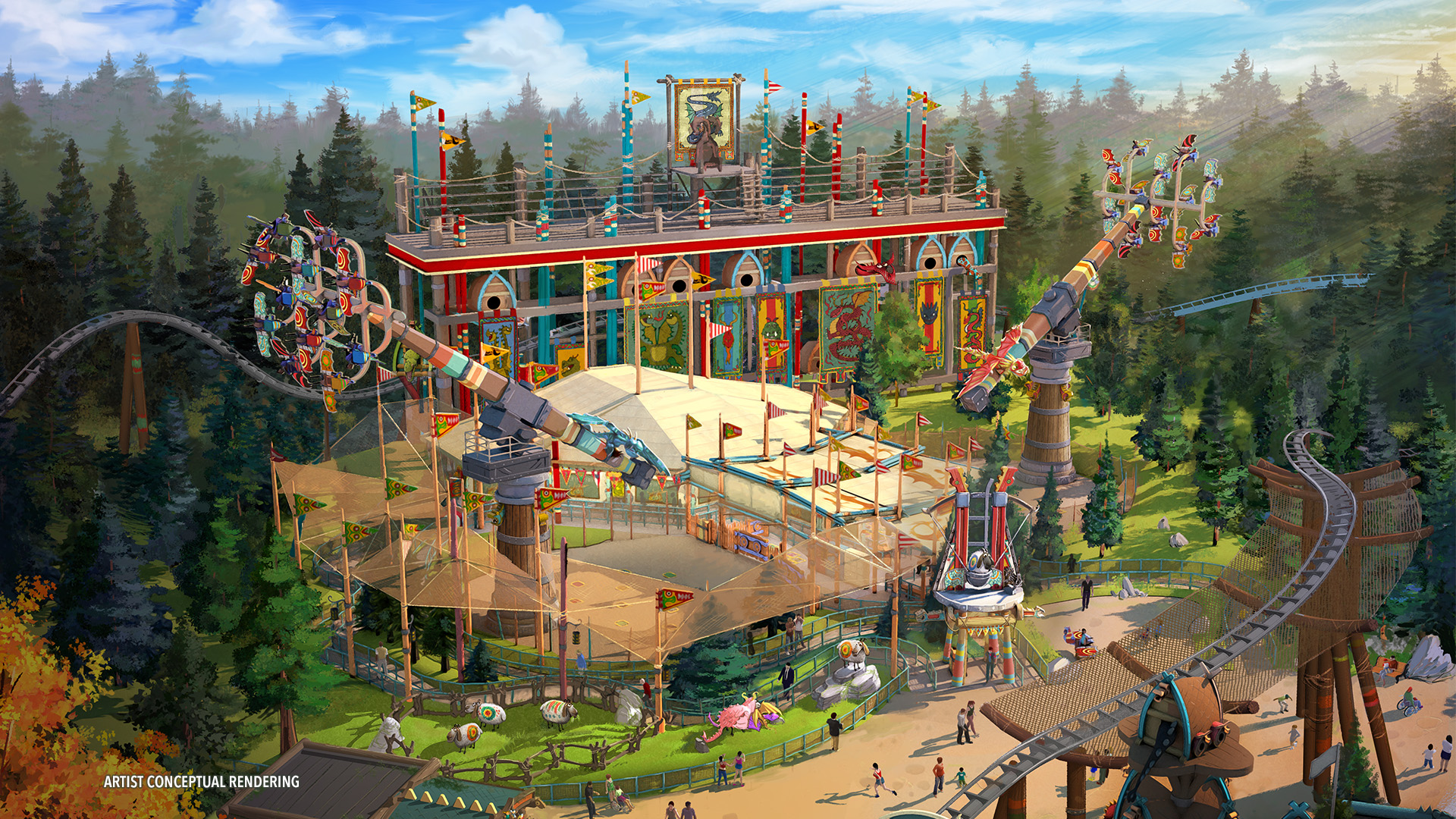
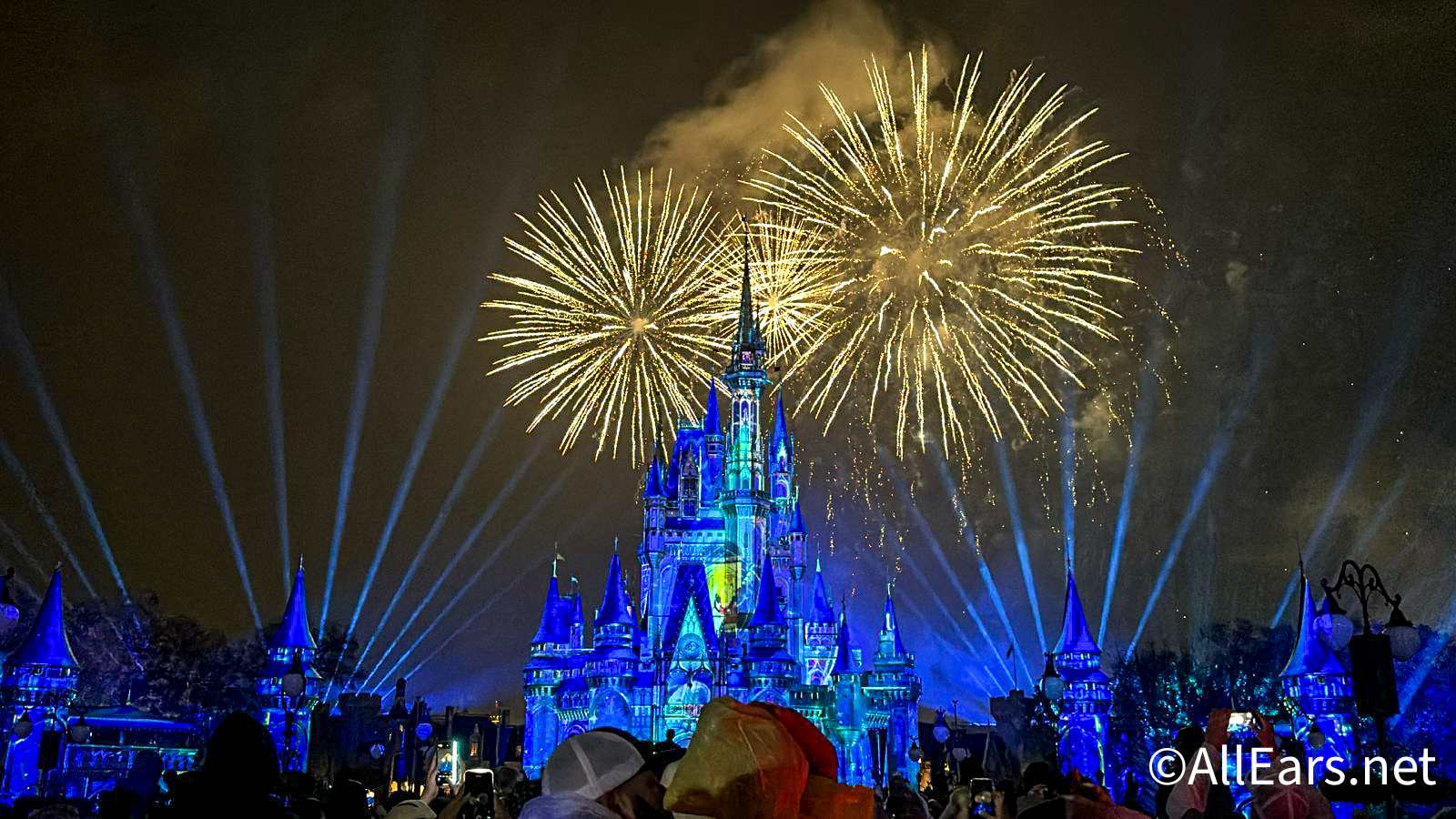


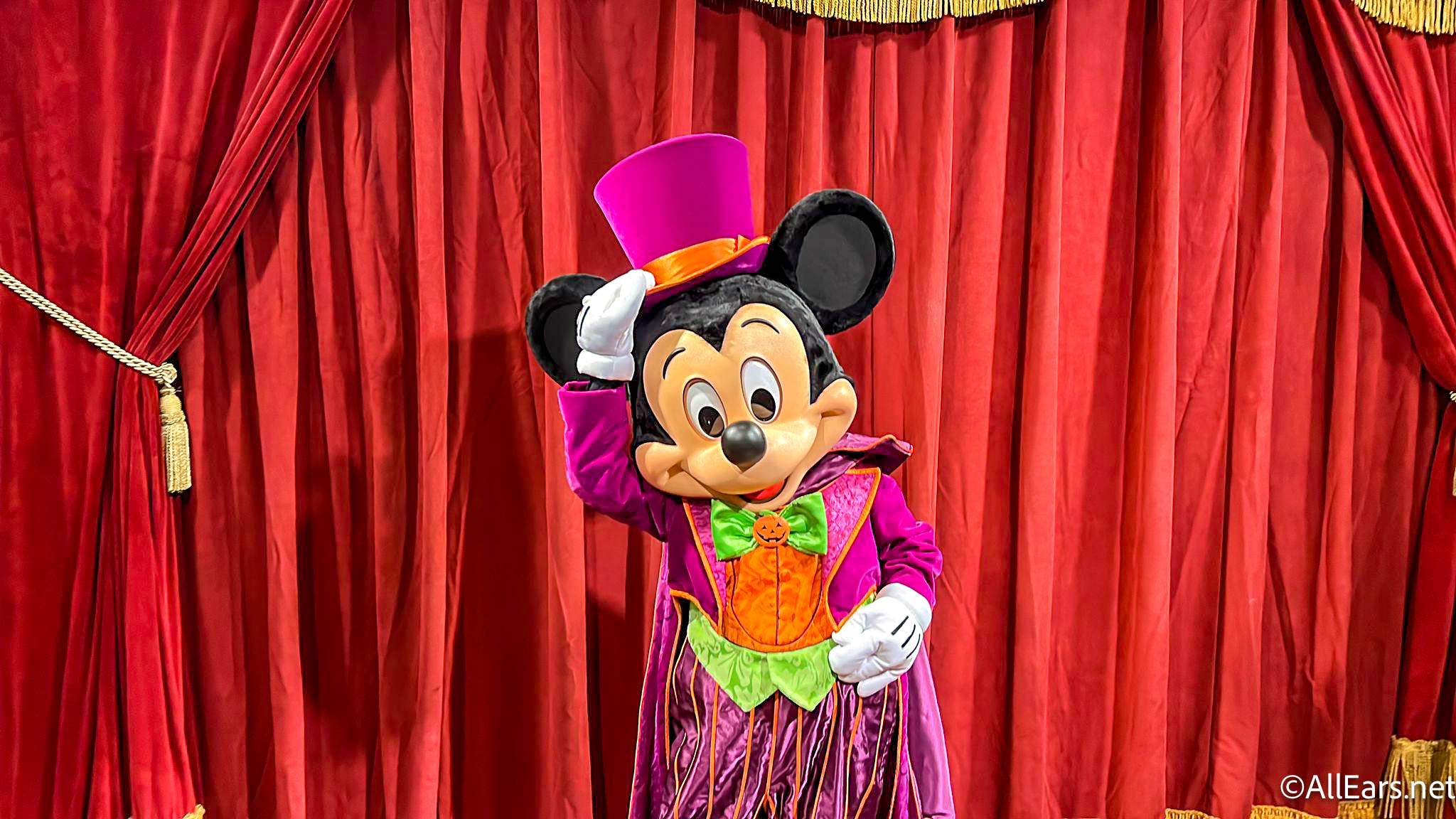

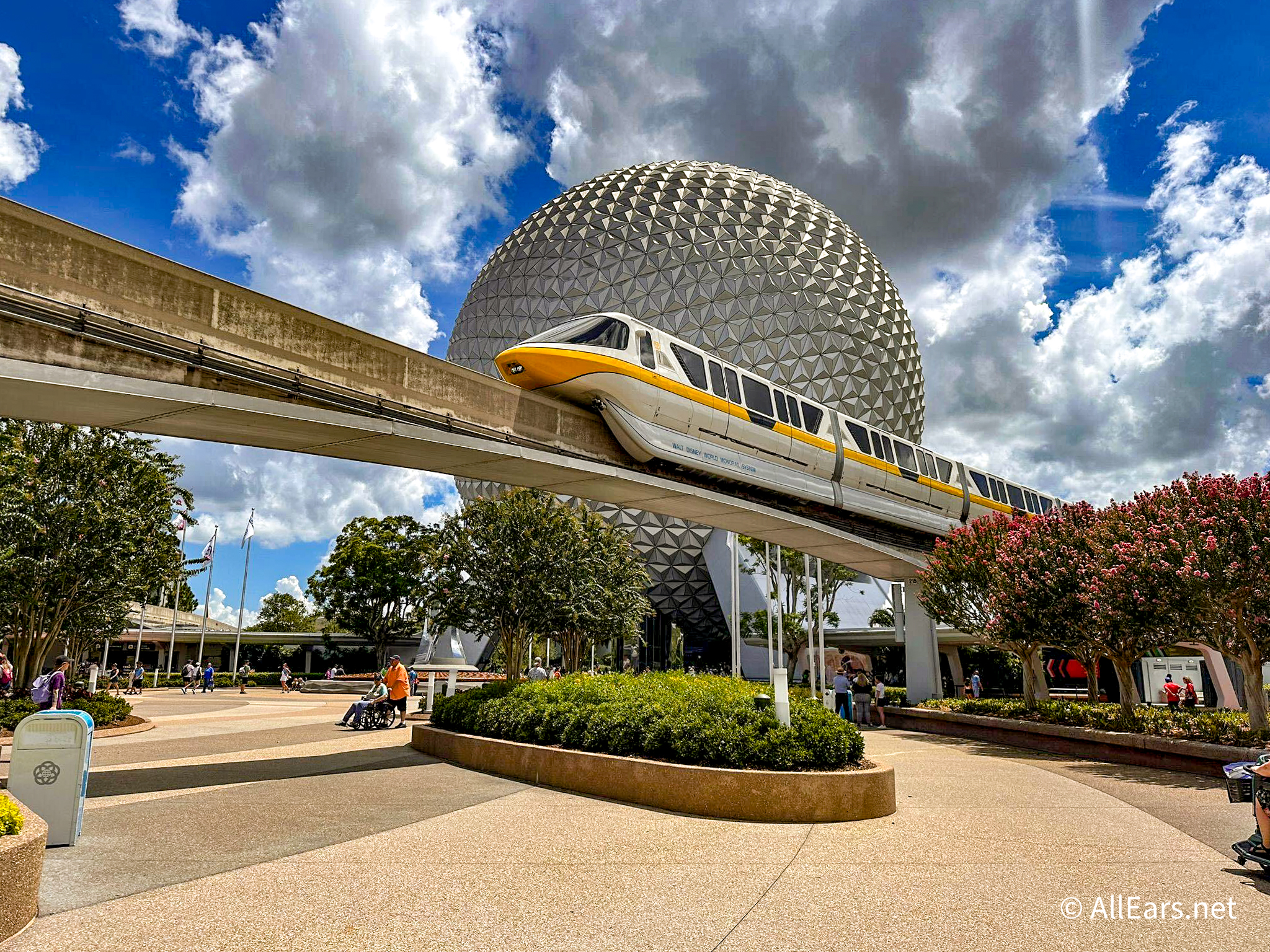


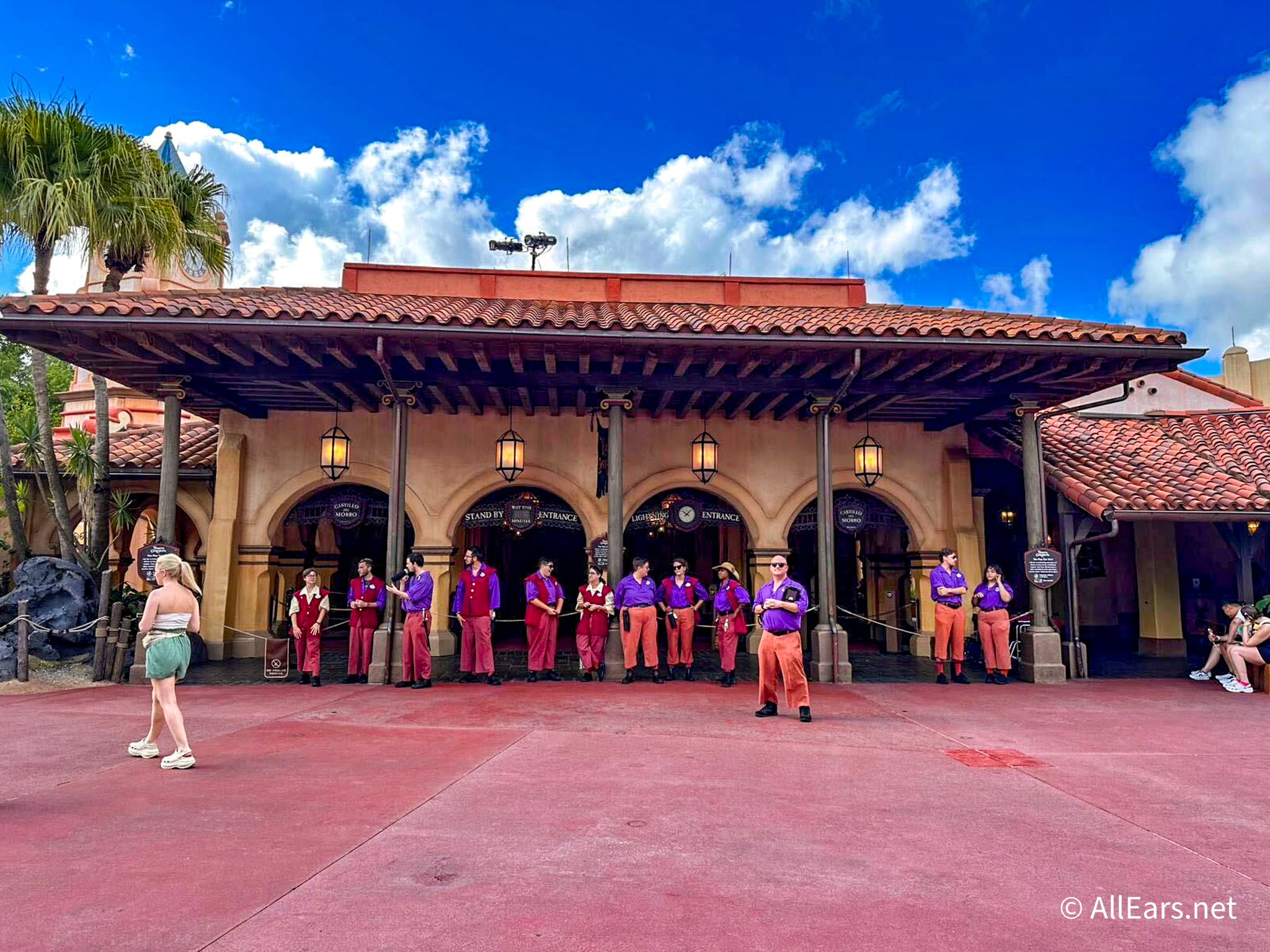
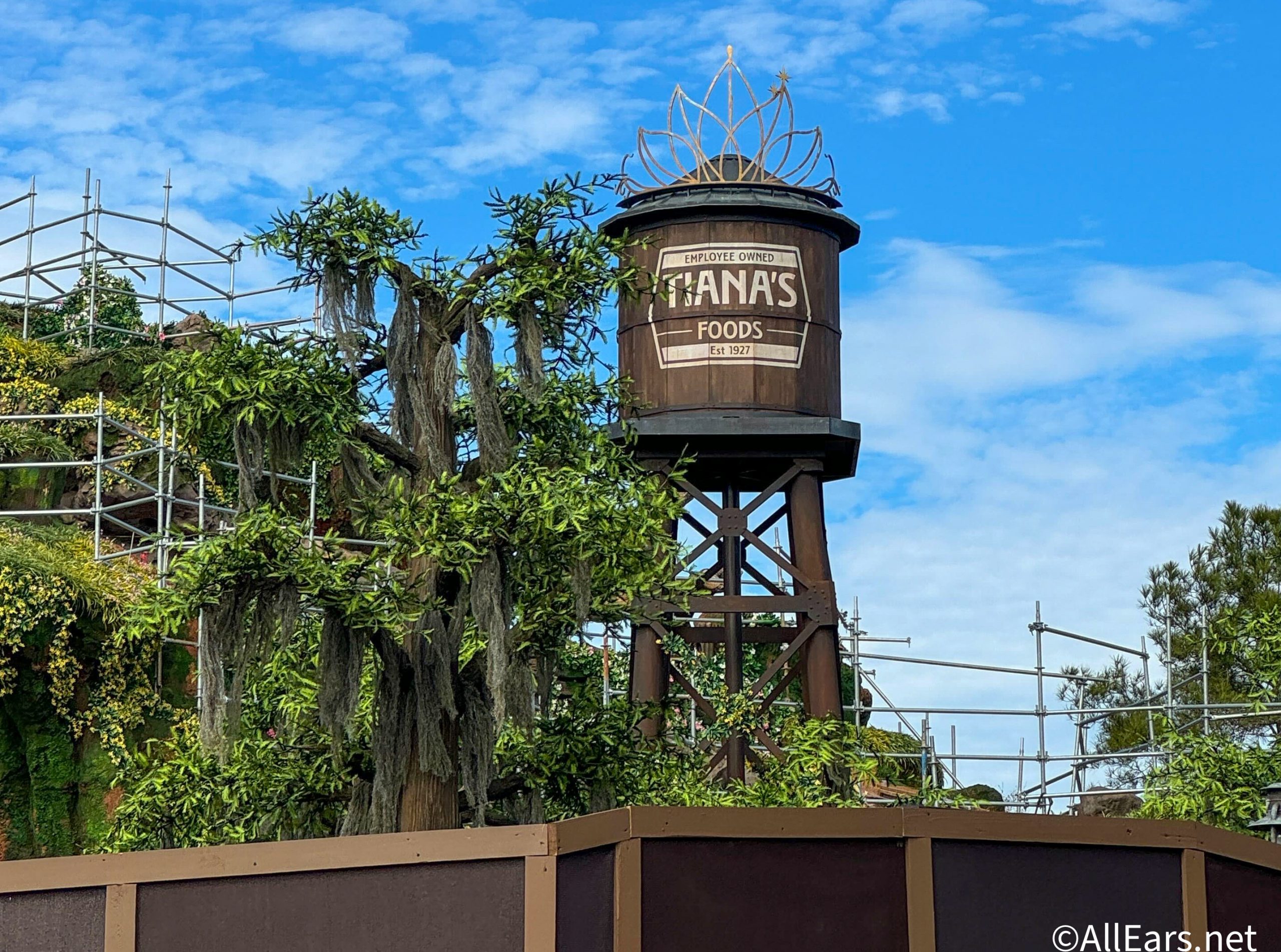
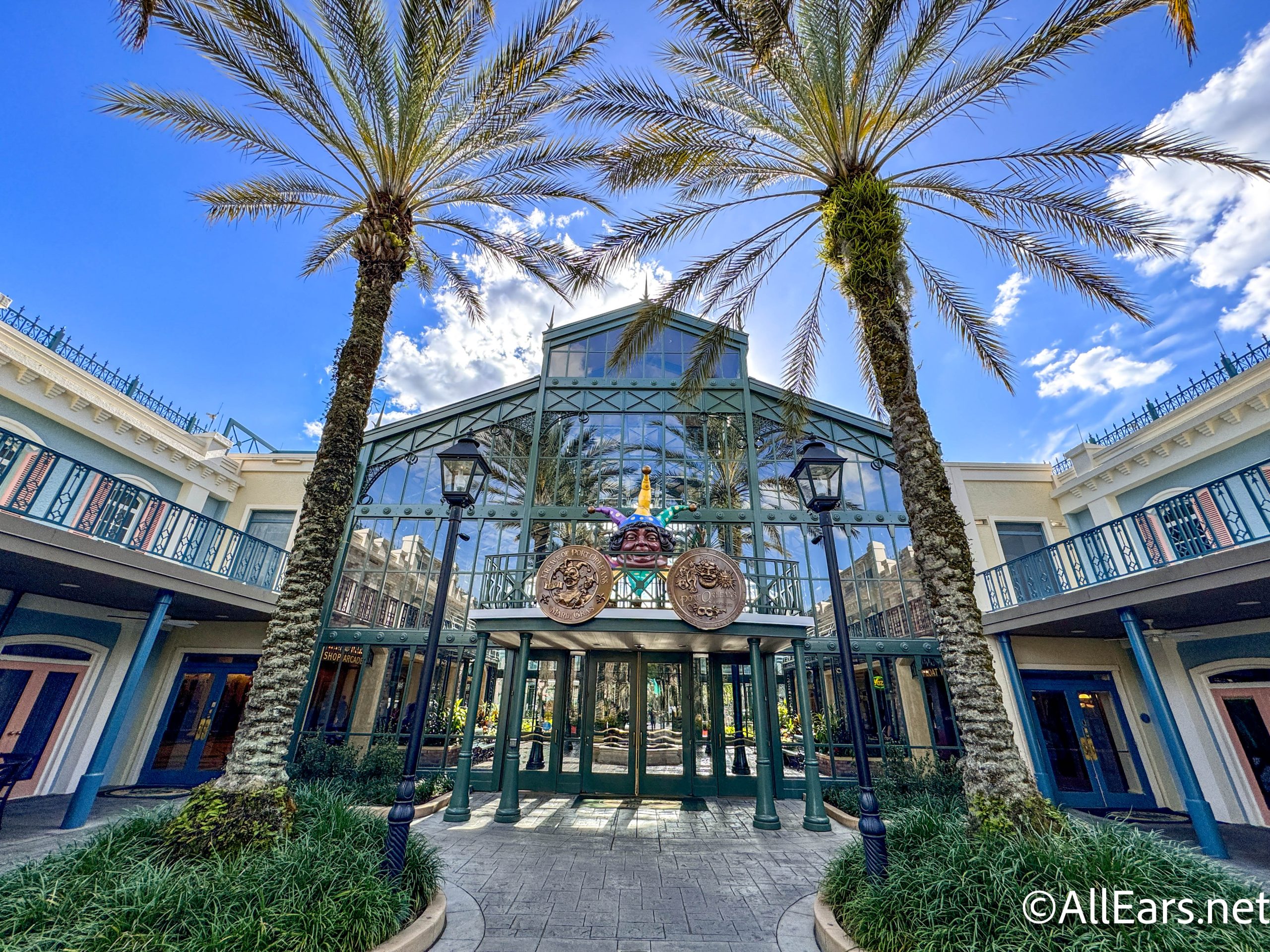


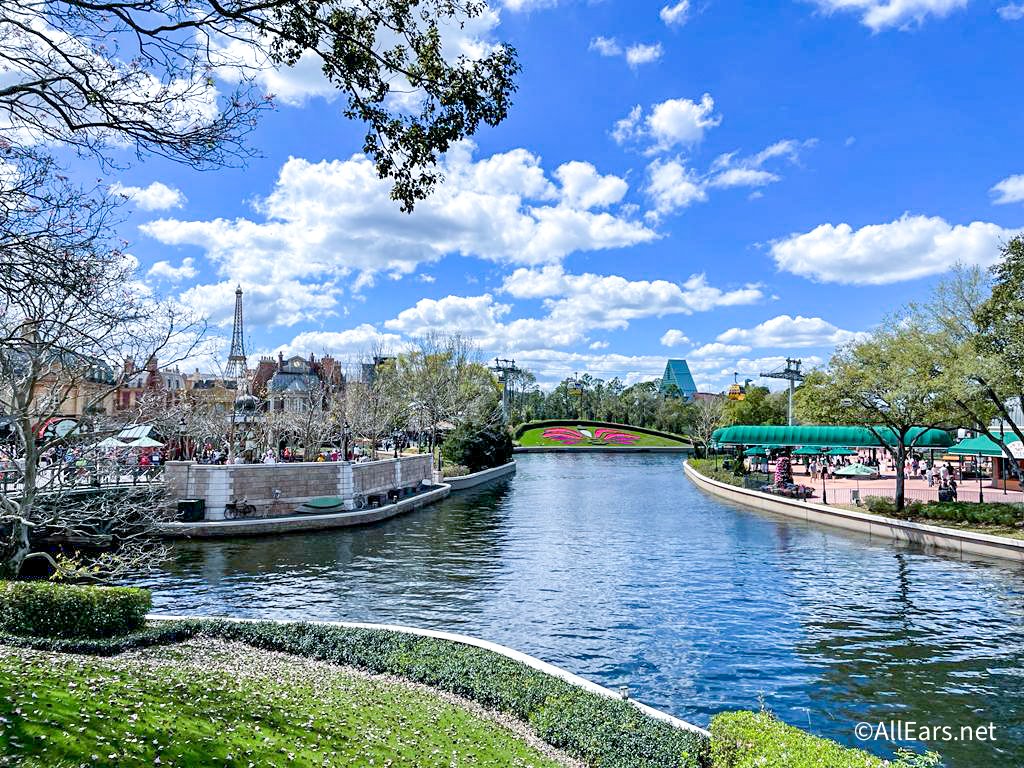
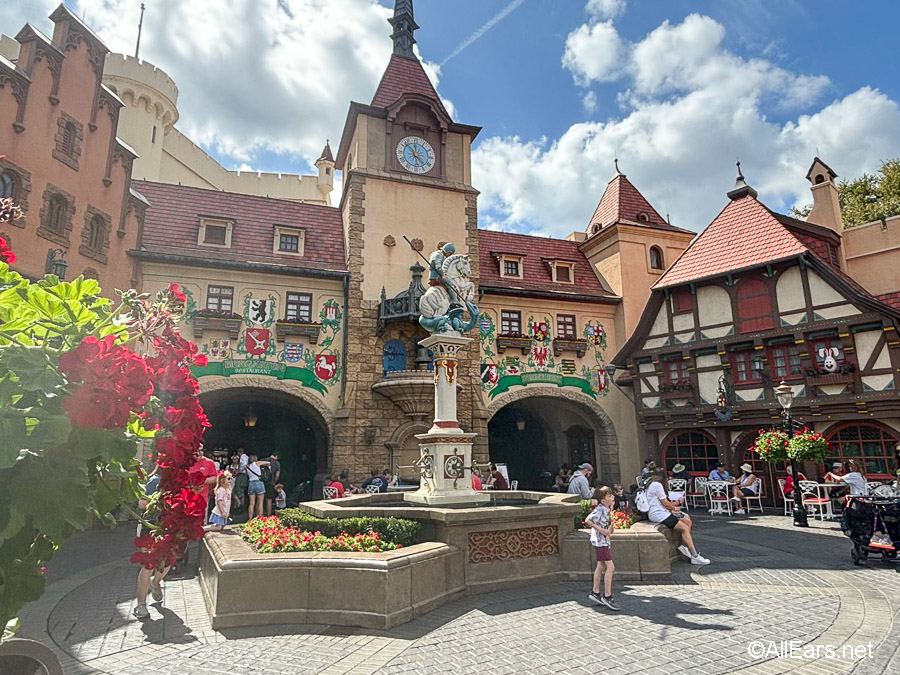
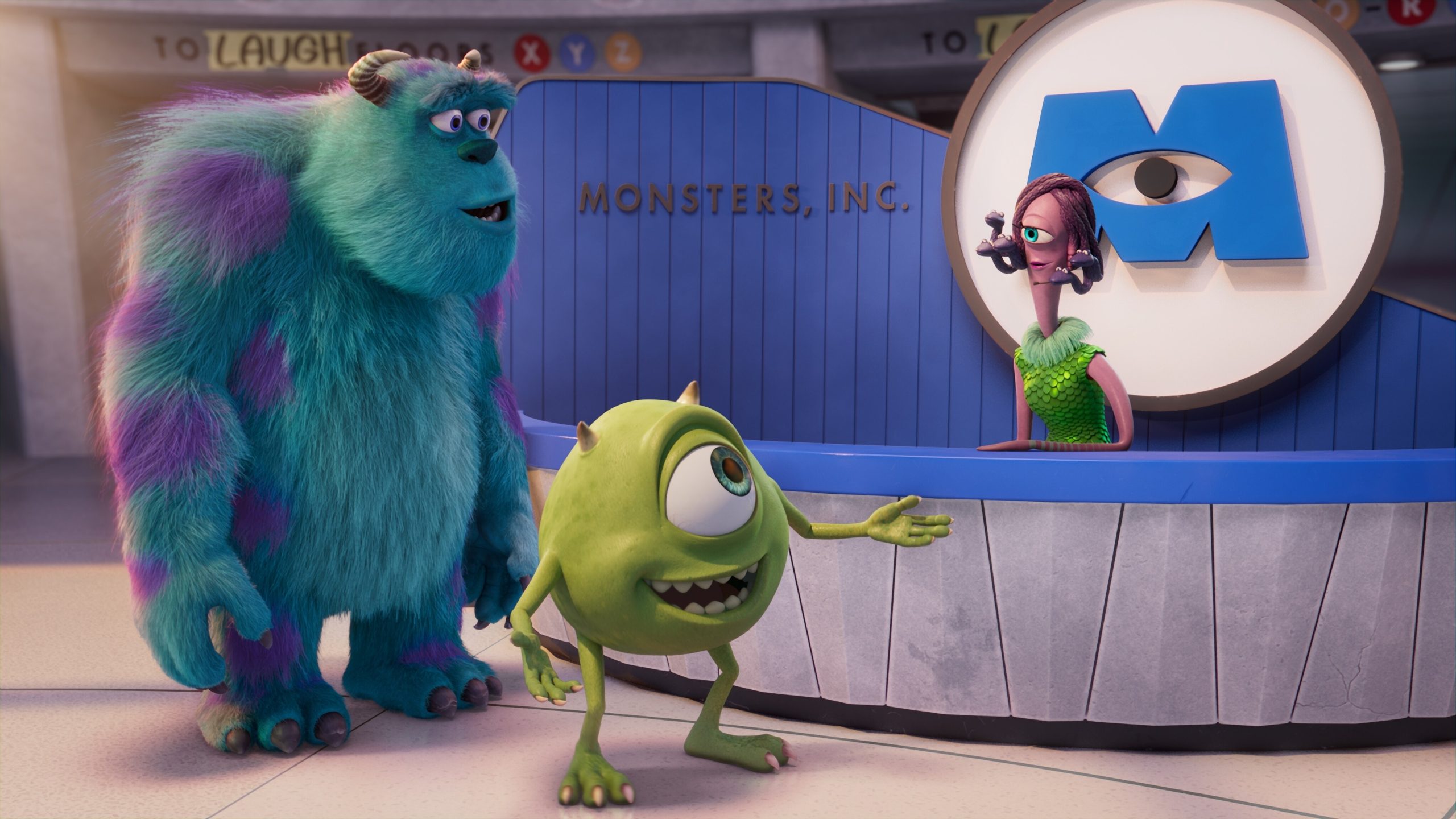
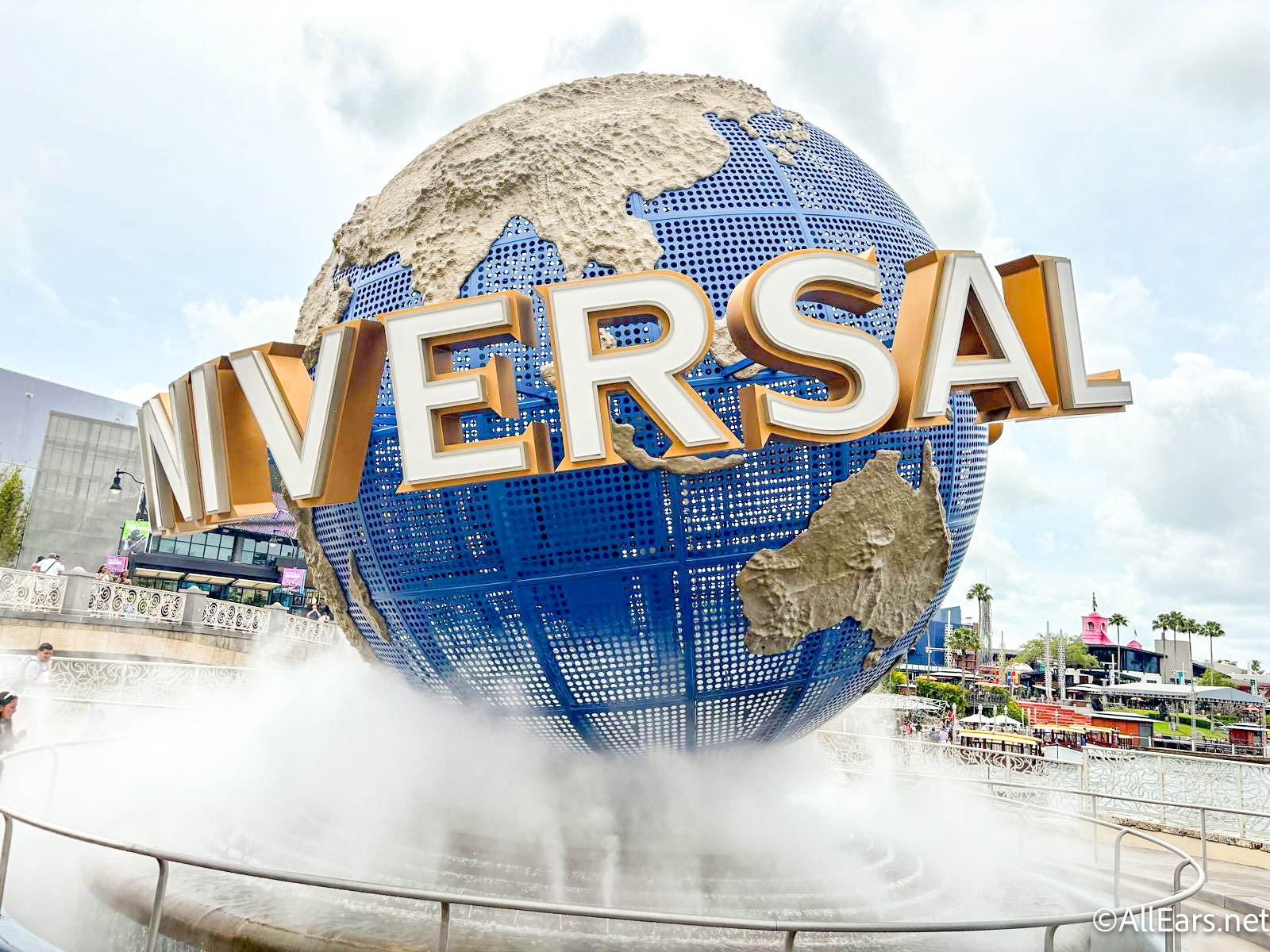
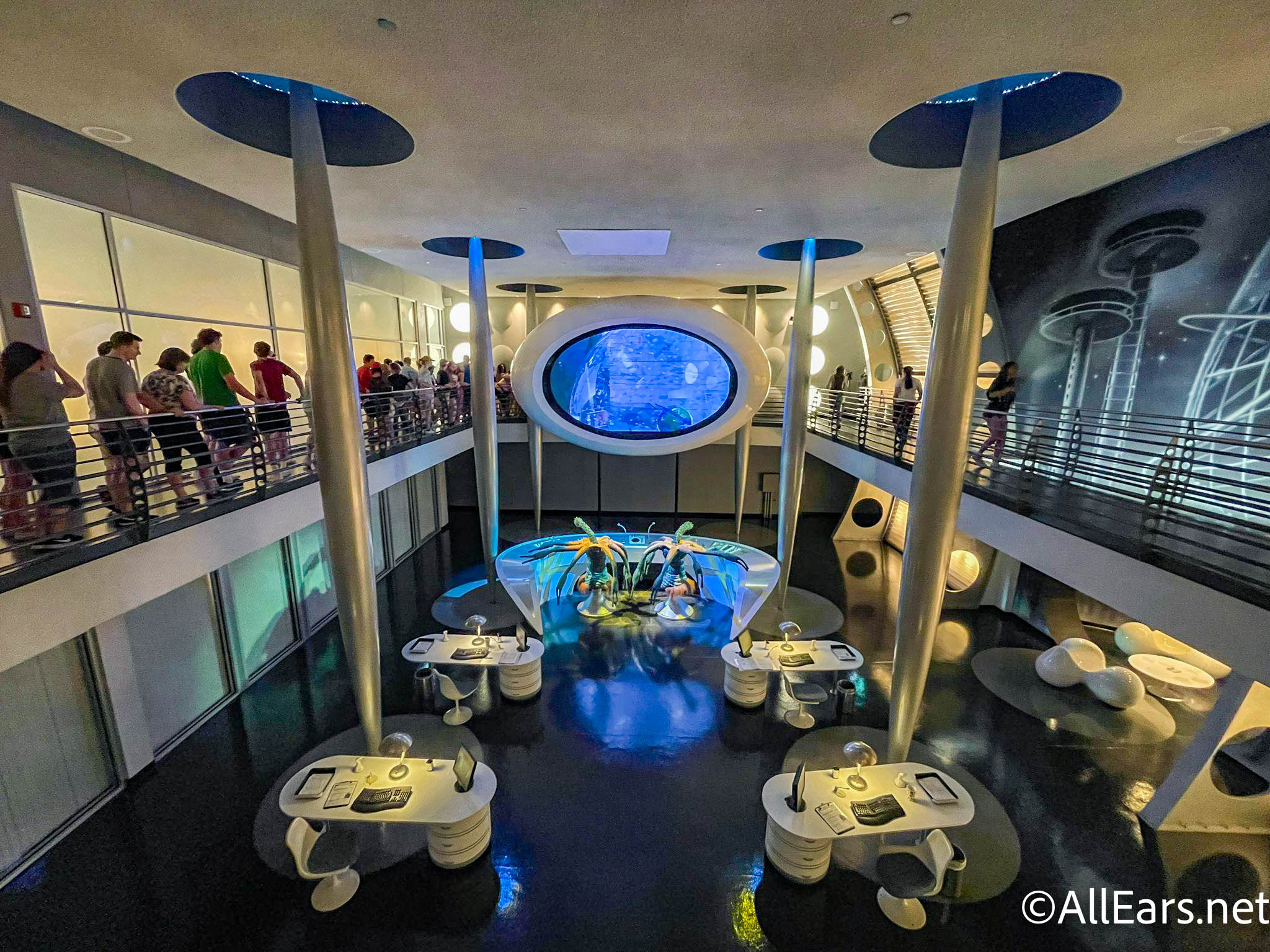
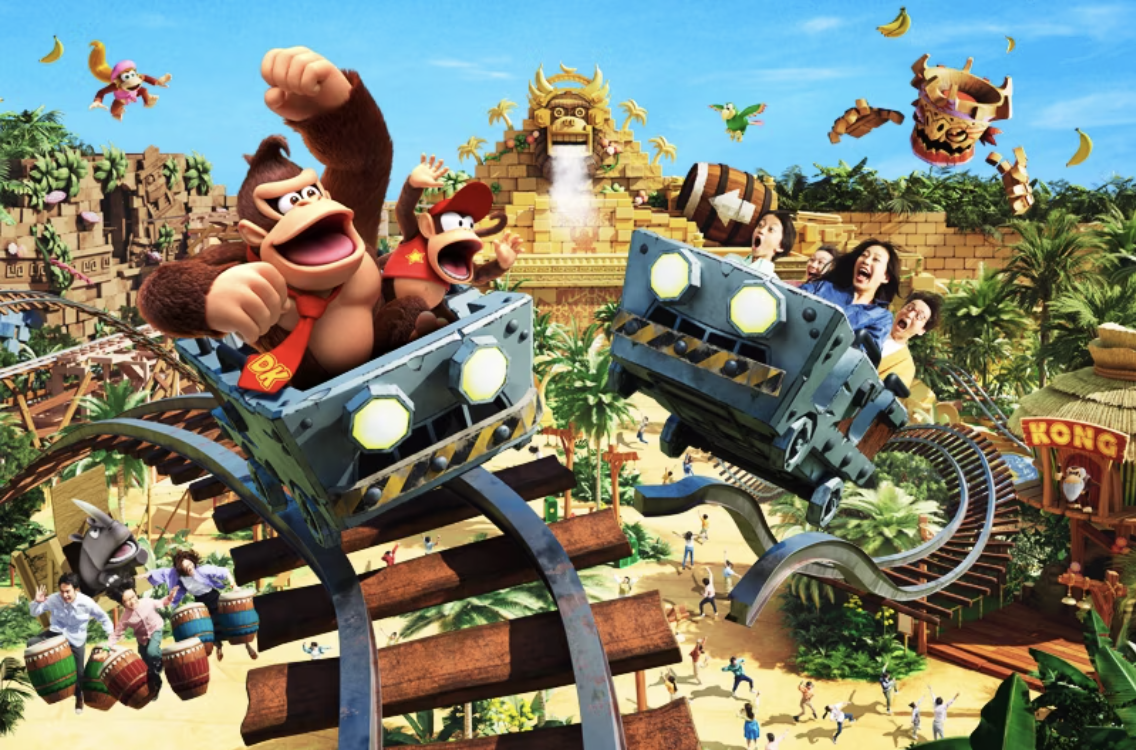

Trending Now
Universal just posted a sneak peek at NEW Epic Universe rides!
Fireworks are an iconic way to end your Disney World day! But as sunset gets...
With the EPCOT International Food and Wine Festival right around the corner, make sure you...
This once-canceled TV show just got renewed for an eighth season.
If you're planning to visit Magic Kingdom during Halloween season this year, we have one...
Don't miss out on these super low prices on Amazon for a bunch of cool...
You'll need to know about this date in Disney World!
The legendary music event, previously exclusive to IMAX, is having its global streaming premiere on...
Victoria & Albert's at Disney World just received a MICHELIN Star!
See what a Disney EXPERT does when a ride is CLOSED!
Do we have a hint as to when Tiana's Bayou Adventure will open?
This is the BEST Disney World hotel according to our readers, and you can't convince...
Celebrating your birthday in Disney World soon? HOW FUN! Check out some of our favorite...
People are STILL making these same Disney World mistakes.
We use these seven cheats at Disney World's EPCOT all the time.
We've become quite fond of these new (and very popular) bags, which is why we're...
Start getting ready to add some new shows and movies to your Disney+ watchlist!
If you're a Florida resident, we have an AMAZING theme park ticket deal to share...
Two rides have announced months-long closures at Universal Studios Orlando!
The delay could have ramifications for Epic Universe.